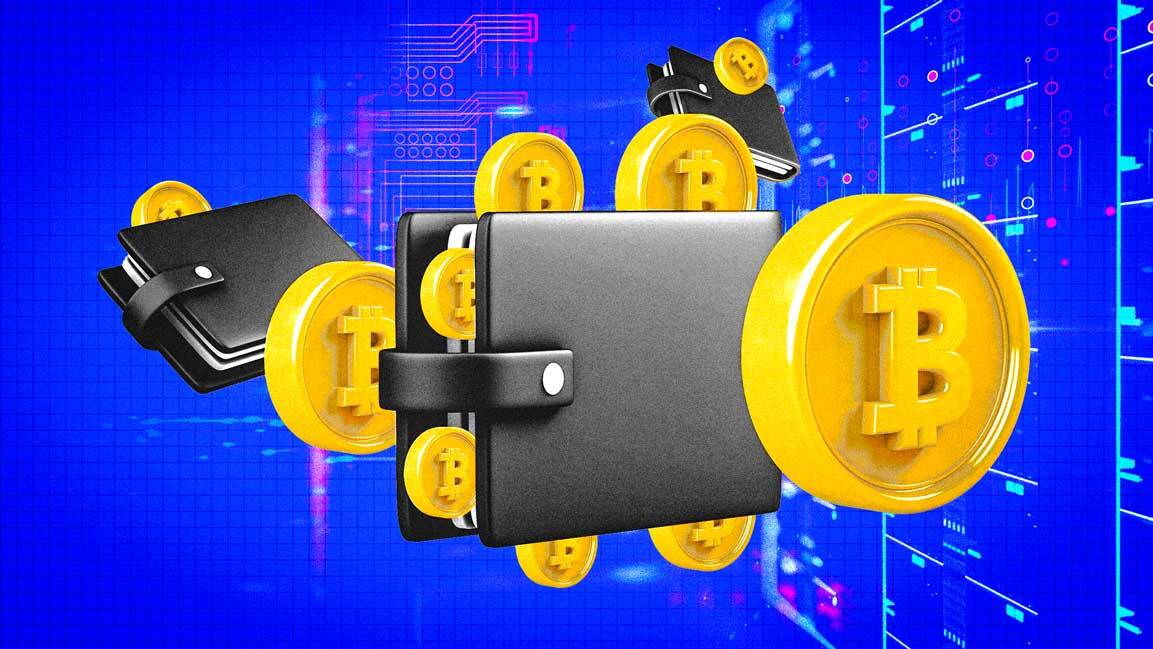- | Binance
Crypto isn’t fraud-proof. But here’s how scammers can be outsmarted
Crypto security is evolving fast, and staying safe requires a blend of vigilance and smarter tools

There’s often a disconnect between how people perceive crypto security and the reality of staying protected. Yes, blockchain offers transparency, but that doesn’t make it immune to fraud. The risks are evolving from phishing links that look legitimate to investment offers that seem too good to be true.
Stephanie Emile, General Manager at Binance Dubai, breaks down common misconceptions, overlooked vulnerabilities, and what it takes to stay secure. She highlights common misconceptions and hidden risks in crypto security, sharing insights on the growing complexity of digital threats and what it truly takes to stay safe in Web3, including the challenges and potential of AI.
EVOLVING UNDERSTANDING OF CRYPTO SECURITY
Emile explains that her background in digital trading and risk management gave her a strong foundation, but entering the crypto space revealed just how sophisticated fraud tactics have become. “The level of risk management required to combat these attacks is far greater than I initially imagined,” she says, highlighting the complex frameworks Binance has developed to stay ahead.
One common misconception she highlights is that blockchain’s transparency means asset recovery is straightforward. While blockchain transactions are recorded on an unchangeable and transparent ledger that allows tracking of asset movements and ownership, the reality is far more complicated. “By distributing money around thousands of wallets, criminals utilize automated systems to conceal their tracks, imitating conventional money-laundering techniques on a digital scale,” she explains.
This layered complexity means even experts face significant challenges when tracing fraudulent activity across decentralized finance.
RESPONDING TO EVOLVING THREATS
Looking back, Emile reflects that Binance’s security strategy has evolved with the increasing complexity of crypto scams. While she doesn’t pinpoint any early missteps, she emphasizes the company’s proactive approach.
“We continue to enhance user protection, as they are at the heart of everything that we do – it is our top priority,” she says. “We have been and will continue to work alongside policymakers and regulators to shape our robust compliance program and regulatory framework, and build a sustainable path forward for the blockchain industry.”
As for areas where the industry could improve, Emile doesn’t call them missed opportunities, but she sees untapped potential in using AI to fight fraud, if applied responsibly.
The challenges, she says, are significant.
AI requires access to massive datasets, raising concerns about data protection and regulatory compliance. “AI systems can unintentionally learn and replicate biases present in their training data,” she warns, which could lead to unfair outcomes. She advocates for rigorous oversight: companies must audit for bias and maintain compliance with regulations like GDPR.
FRAUD PROOF?
While no user in the cryptocurrency world is entirely “fraud-proof,” Emile emphasizes that risks can be significantly reduced through a combination of tiered security practices and robust platform-level safeguards. “No one is immune,” she says, “but combining user vigilance with decentralized, fraud-resistant technologies helps minimize exposure.”
She points to promising industry shifts, such as behavioral biometrics and cross-platform threat intelligence sharing, as crucial steps toward closing gaps.
Investors should take proactive measures to secure their Binance accounts to protect themselves from cryptocurrency fraud. Emile advises enabling account alerts to receive notifications for any unauthorized activity, such as withdrawals, password changes, or suspicious login attempts. Implementing two-factor authentication (2FA) or passkeys adds an essential extra layer of protection, making unauthorized access far more difficult.
Users should also monitor login patterns for unusual activity and regularly check for unfamiliar devices linked to their accounts. Routine account audits—including changing passwords, reviewing access permissions, monitoring activity logs, and updating security settings—are key habits to maintaining strong defenses against fraud.
With fraud risks also rising through new fundraising mechanisms like ICOs, Emile says, due diligence is non-negotiable. While Binance flags risky projects and shares educational resources, she urges investors to remain skeptical of hype. “We strongly encourage users to research before investing in any ICOs,” she says. “Verifying information through legitimate sources and being wary of exaggerated promises is essential.”
BUILDING TRUST
Building a truly fraud-resistant crypto platform, Emile says, requires a combination of user-centric protections, stringent compliance frameworks, and complex technical safeguards. She explains that such a platform must store most user assets in air-gapped cold wallets secured by biometric access.
Additionally, privacy coin restrictions would prohibit withdrawals to hot wallets unless accompanied by enhanced due diligence, mandatory two-factor authentication (2FA), and withdrawal whitelists. While these measures could create a near-perfect security environment, Emile notes there’s a trade-off: “These measures would detract from user experience and the freedom of a decentralized platform.”
STAYING AHEAD OF THE SCAMMERS
One threat flying under the radar, Emile notes, is the rise of SMS spoofing attacks. These scams have grown increasingly convincing by mimicking official SMS communications and even appearing within the same message threads as legitimate Binance alerts.
Despite carrying the trusted sender ID and looking authentic, these messages are far from secure and have been targeting Binance users in a new wave of phishing attacks.
To guard against these sophisticated schemes, Emile recommends that users keep their interactions strictly within the Binance app or official website.
She also urges setting up an anti-phishing code, an 8-character identifier that appears on all official Binance emails and notifications, helping users verify authenticity. “Stay informed, stay ahead,” she stresses. “Scammers are always cooking up new tricks, but knowledge is your first, and best, line of defense.”
Ultimately, Emile reminds us that technology alone can’t solve online security challenges. “Confusion and urgency are what scammers thrive on,” she says, “but the more educated users are, the harder it becomes for them to be tricked.”









































